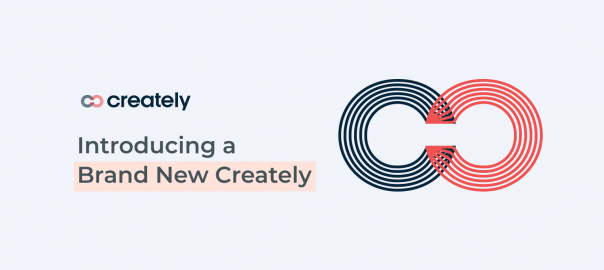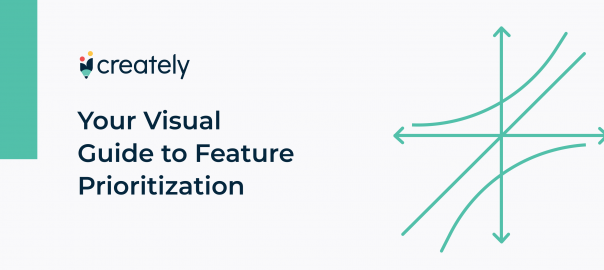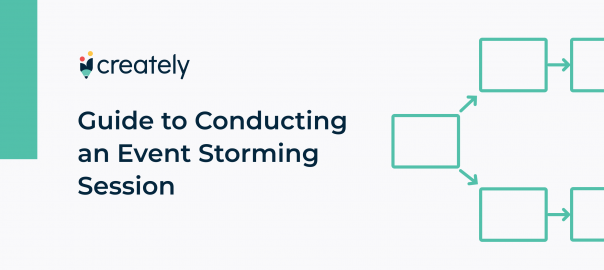Today is a big day, we are launching a new app interface, new feature sets, a new logo, and in essence a whole new Creately. Our new identity signifies so much more than just a brand revamp, it’s a transformation… Read More


Today is a big day, we are launching a new app interface, new feature sets, a new logo, and in essence a whole new Creately. Our new identity signifies so much more than just a brand revamp, it’s a transformation… Read More

Product management has many moving parts, but any product manager will tell you that the hardest part of the job is deciding what to build when. A list of good feature ideas may be endless but time, resources, money, and… Read More

Developing a comprehensive understanding of business systems is hard work. It usually involves high-level modeling or complex process mapping. This can be a highly technical and laborious process that involves a lot of trial and error. Creating BPMN diagrams or… Read More

Most project managers know that creating the project plan is only the start of the project management journey. All the careful planning and forecasting don’t count for much if there isn’t a concrete way to execute the project plan. And… Read More

Teams around the world are now well entrenched in the concept of remote work. Over the last year and a half, there have been learnings, frustrations, and some great breakthroughs in team dynamics, organizational culture, and overall productivity. Companies have… Read More

An essential part of the continuous delivery system of product development is the management and implementation of a product backlog. It is a critical component of the Agile process and is the core of the delivery cycle. It allows teams… Read More